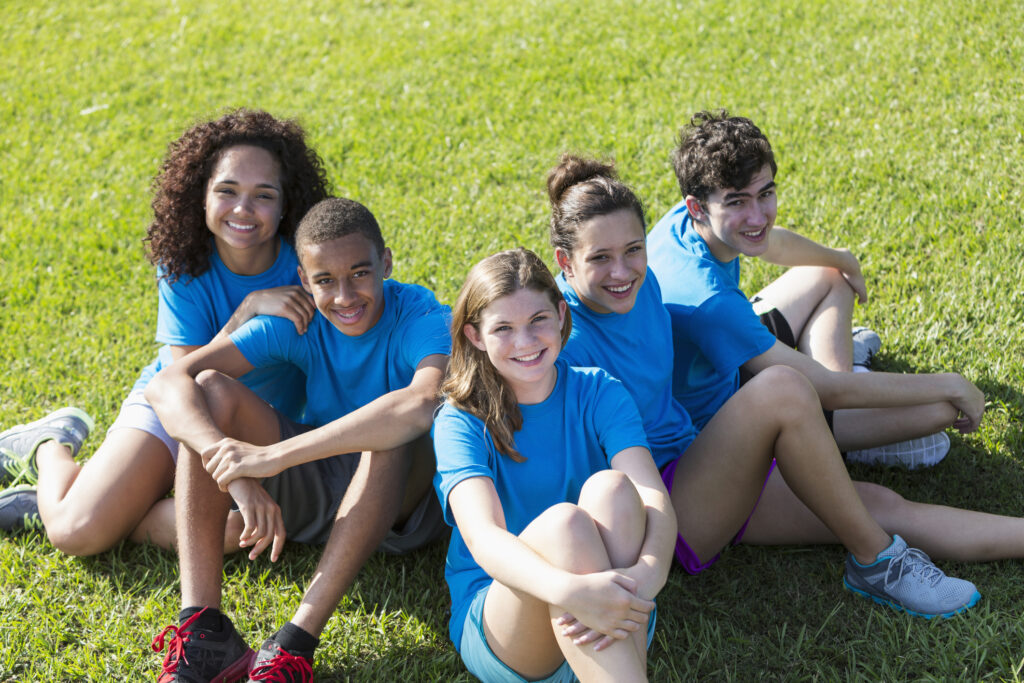John Galvan, Vice President of Assessments, NCEA, [email protected]
Catholic schools are renowned for their dedication to nurturing the whole person – mind, body, and spirit. In the 21st century, the demand for creative and collaborative problem solvers is more important than ever. How can we incorporate the teachings of the Catholic faith to promote creativity and collaboration in Catholic education and ensure our students are prepared to face the challenges of today’s world while remaining grounded in their faith?
In an increasingly interconnected world, the ability to think creatively and work collaboratively is a vital skill. By embracing these skills, students can become active contributors to their communities, workplaces, and the world, living out the Catholic values of service, compassion, and social justice. Creativity allows students to develop their imagination, think critically, and generate innovative solutions, while collaboration encourages empathy, communication, and teamwork – all grounded in Gospel teachings.
Incorporating Creativity and Collaboration in Catholic Education through Faith
- Foster a growth mindset rooted in faith: Encourage students to embrace challenges, learn from their mistakes, and persist in the face of setbacks, all while trusting in God’s guidance. By cultivating a growth mindset, students are more likely to develop the resilience necessary for creative problem solving and effective collaboration.
- Embrace project-based learning with a Catholic lens: Implement project-based learning experiences that incorporate Catholic social teachings, allowing students to work on real-world problems with a focus on faith and social justice. This approach not only helps students develop creativity and collaboration skills but also deepens their understanding of the subject matter and Catholic values.
- Encourage interdisciplinary learning with a spiritual component: Interdisciplinary learning that integrates faith and reason encourages students to make connections between seemingly unrelated subjects, leading to creative insights and solutions. By providing opportunities for students to explore topics from multiple perspectives, including the Catholic faith, we can help them develop a more holistic understanding of the world around them.
- Create opportunities for reflection, prayer, and discussion: Regularly provide students with opportunities to reflect on their learning experiences, engage in thoughtful discussions, and incorporate prayer into their daily routines. This can help them become more aware of their thinking processes, better understand the perspectives of others, and strengthen their spiritual foundation.
- Incorporate technology with ethical considerations: Thoughtfully use technology to enhance students’ creativity and collaboration skills while emphasizing the importance of ethical decision-making in the digital age. For example, digital storytelling tools can encourage creative expression while promoting Catholic values, and online discussion boards can facilitate collaboration among students in a faith-based context.
- Model creativity, collaboration, and faith: Educators play a crucial role in fostering a creative, collaborative, and faith-filled environment. By being open to new ideas, engaging in collaborative problem-solving, demonstrating a growth mindset, and living out the Gospel values, teachers can model these important skills for their students.
As Catholic educators, our mission is to nurture the whole person, preparing our students for success in an increasingly complex world while remaining grounded in their faith. By fostering creativity and collaboration in the classroom through the teachings of the Catholic faith, we are equipping our students with the skills they need to become thoughtful, compassionate, and innovative problem solvers rooted in Gospel values. Together, let us embrace the challenge of cultivating creative and collaborative learners, creating a brighter future for our students, our communities, and our world.
